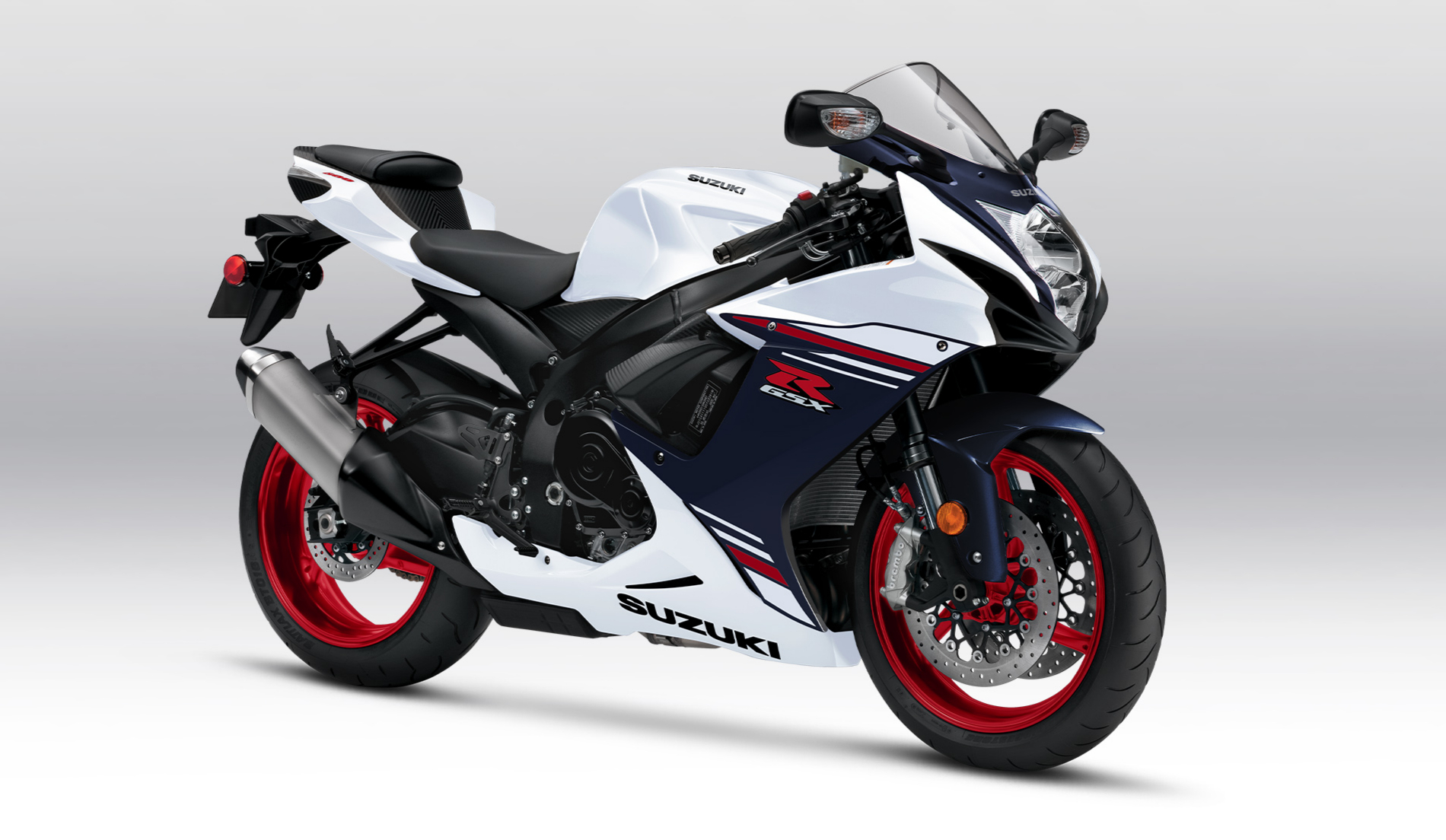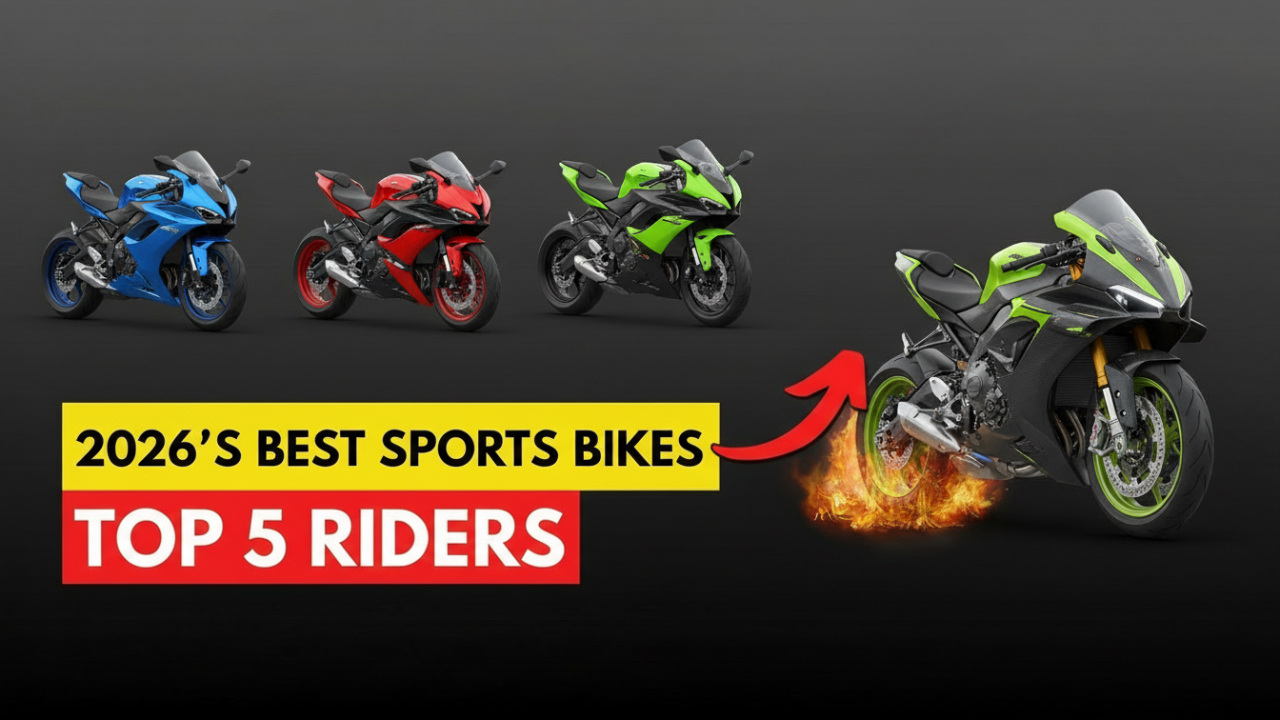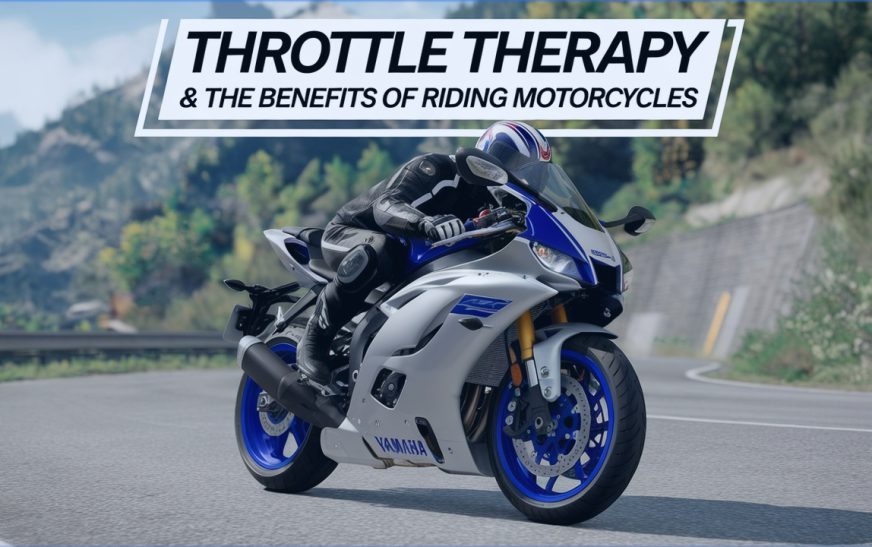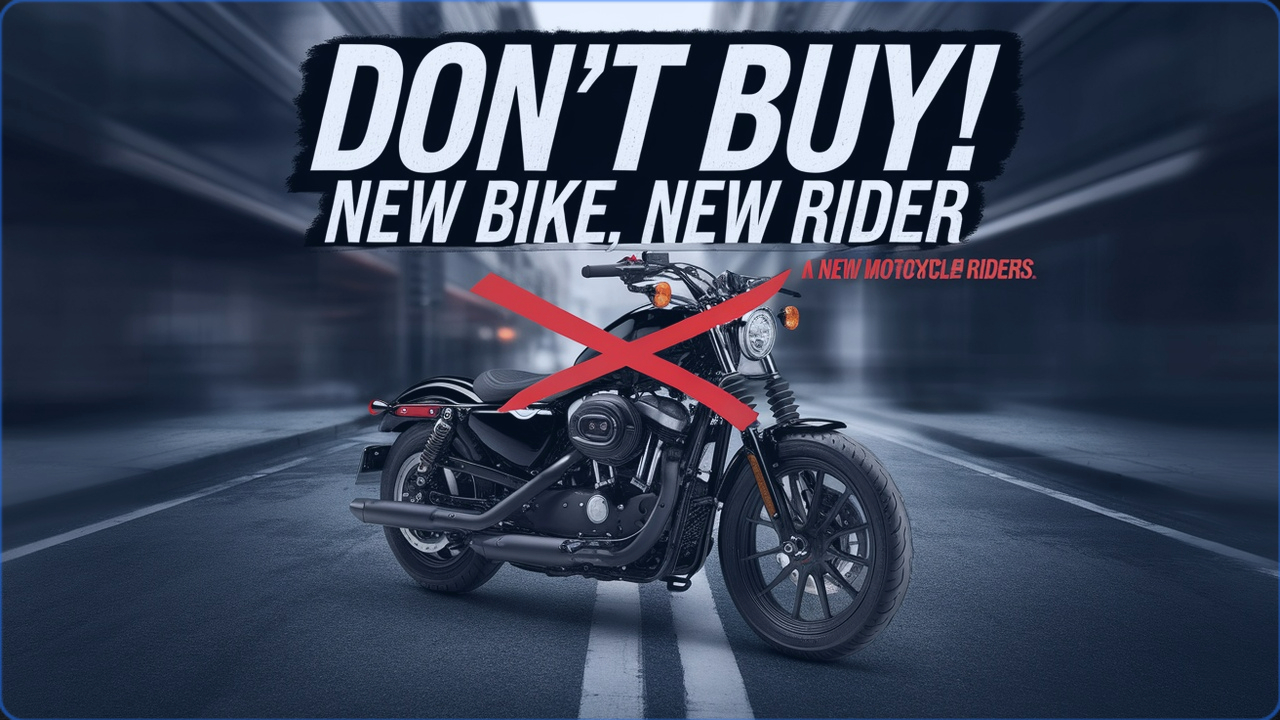Yamaha R3 vs R6: A Comparison
The Yamaha R3 and R6 are two of Yamaha’s most popular sportbikes, each offering unique features, performance characteristics, and target audiences. Both of these motorcycles belong to the R-series lineup, a collection of bikes renowned for their performance and track-oriented design. However, they cater to different types of riders, with the R3 positioned as an entry-level sportbike and the R6 aimed at more experienced riders seeking higher levels of power and performance. The Yamaha R3 and R6 share many similarities in terms of design and styling, but they differ significantly when it comes to engine performance, handling, price, and the overall riding experience. In this detailed comparison, we will delve into the key differences between the Yamaha R3 and R6, considering aspects such as engine size, power delivery, handling characteristics, ergonomics, and overall value for money, to help determine which of these motorcycles best suits a rider’s needs and preferences.
Engine and Power Delivery
The most obvious and fundamental difference between the Yamaha R3 and R6 is their engine displacement. The Yamaha R3 is powered by a 321cc, liquid-cooled, parallel-twin engine, while the Yamaha R6 is equipped with a much larger 599cc, liquid-cooled, inline-four engine. This difference in engine displacement results in a significant disparity in power output. The R3 produces around 42 horsepower and 29.6 lb-ft of torque, making it an ideal choice for new riders or those looking for a light, manageable bike that is still capable of offering thrilling performance. The R3’s engine is designed for a smooth and linear power delivery, providing good torque across a wide range of engine speeds. It has enough power for everyday use, weekend rides, and occasional spirited riding but lacks the raw performance of larger sportbikes.
On the other hand, the Yamaha R6’s 599cc inline-four engine delivers a much higher output, with approximately 118 horsepower and 45.5 lb-ft of torque. The R6’s engine is designed to produce peak power at higher revs, making it a much more aggressive and performance-oriented motorcycle. The powerband of the R6 is higher-strung, and the bike is engineered to perform on the racetrack, where revving the engine to its limits is part of the experience. The inline-four engine of the R6 delivers power in a more aggressive, high-revving manner, and it offers a thrilling top-end rush that the R3 simply cannot match. While the R6 is capable of high speeds and rapid acceleration, its engine demands more finesse and skill to extract maximum performance, making it better suited for riders with more experience and confidence on the bike.
The R3’s engine, while less powerful, is far easier to manage for beginner riders. The power delivery is more forgiving, and the smaller engine displacement allows for smoother acceleration and more controllable throttle inputs. In contrast, the R6, with its higher power output, requires more precise throttle control and gear shifting, especially as it reaches higher RPMs. For novice riders, the R6 can feel intimidating, especially when revving the engine to its peak power range, whereas the R3 offers a more accessible, manageable powerband for those learning the ropes of motorcycling.
Handling and Suspension
Another area where the Yamaha R3 and R6 differ significantly is in their handling characteristics. The R3, with its lightweight build and smaller frame, is an incredibly nimble and agile motorcycle. Weighing in at just 368 pounds (167 kg), the R3 is a highly maneuverable bike that excels in tight corners and low-speed maneuvers. This makes the R3 an ideal choice for urban commuting, beginner riders, and those looking for a bike that is easy to handle in a variety of situations. The R3’s handling is forgiving and stable, making it easy for new riders to get accustomed to the art of cornering and leaning into turns. The R3’s lightweight and responsive handling also contribute to its ability to be flicked through corners with minimal effort, making it a highly enjoyable motorcycle for riders who are just starting to explore the world of sportbikes.
In contrast, the Yamaha R6, while also a highly capable and agile motorcycle, is built for higher levels of performance and handling precision. The R6 is heavier than the R3, tipping the scales at around 419 pounds (190 kg), which makes it a bit less agile than its smaller sibling. However, the R6’s handling is more refined and focused on high-performance track riding. The suspension setup of the R6 is more advanced, with fully adjustable front and rear suspension, allowing riders to fine-tune the bike’s handling characteristics to their liking. This is a feature more suited to experienced riders or those looking to take the bike to the racetrack, where precise suspension adjustments can make a significant difference in performance. The R6 also features a more aggressive riding position, with higher foot pegs and lower handlebars, designed to help the rider adopt a more aerodynamic posture for racing or high-speed riding.
While the R3 offers comfortable handling that is accessible for new riders, the R6 provides a more track-oriented experience that demands higher levels of skill. The R6’s suspension is more tuned for stability and cornering performance at higher speeds, and it excels on twisty mountain roads or the racetrack, where more advanced techniques and higher cornering speeds are required. The R3’s suspension is adequate for everyday riding and light sport riding, but it doesn’t offer the same level of precision as the R6 in high-performance situations.
Ergonomics and Comfort
Ergonomics is another crucial aspect that sets the Yamaha R3 and R6 apart. The R3 is designed with comfort and accessibility in mind, particularly for beginner riders. The bike features a more upright and neutral riding posture, with slightly raised handlebars and a more relaxed footpeg position. This makes the R3 a comfortable motorcycle for everyday riding and short to medium-length trips. The seat height of the R3 is also relatively low at 30.7 inches (780 mm), making it accessible for riders of various heights. New riders or those with shorter inseams will appreciate the ability to plant both feet flat on the ground when stopped, providing greater confidence at low speeds or when coming to a stop.
The Yamaha R6, on the other hand, has a more aggressive riding position, with lower handlebars and rear-set foot pegs. This gives the R6 a more racetrack-oriented posture that puts more weight on the rider’s wrists and legs. While this riding position is ideal for high-speed cornering and track performance, it can be uncomfortable for everyday riding or longer trips. The seat height of the R6 is also higher, typically around 33.5 inches (850 mm), which may make it less accessible for shorter riders. The R6 is built for performance, and the ergonomics are designed to help the rider achieve maximum aerodynamics and control when riding at speed, but they are less focused on rider comfort, especially for long-distance touring or casual rides.
For a new rider, the R3’s ergonomics are more forgiving, with a relaxed posture that reduces fatigue and allows the rider to focus on learning the basics of motorcycling. The R6, while a dream for experienced riders looking to push their limits, can feel cramped or uncomfortable for beginners, especially on longer rides or in city traffic. As such, the R3 is generally considered more beginner-friendly in terms of ergonomics.
Price and Value for Money
Another important consideration when comparing the Yamaha R3 and R6 is the price. The R3, being an entry-level sportbike, is significantly more affordable than the R6. The MSRP for a new Yamaha R3 is typically in the range of $5,000 to $5,300, making it an excellent choice for riders who are just getting started with motorcycling and want a budget-friendly option. The lower price point of the R3 also makes it more affordable in terms of maintenance and insurance costs, which is a big consideration for beginner riders. Its low cost, combined with its accessible performance and handling, makes the R3 a fantastic value for anyone looking to enter the sportbike world.
In contrast, the Yamaha R6 is priced significantly higher, with an MSRP in the range of $12,000 to $13,000, depending on the year and model. While the R6 offers much higher performance and advanced features, it also comes with a higher cost of ownership. The price difference reflects the R6’s more advanced engine, suspension, and technology, all of which contribute to its higher performance capabilities. However, for a rider who is just starting out, the R6’s higher price tag might not justify the extra performance, especially when considering the steep learning curve and the level of experience required to fully exploit the bike’s potential.
Conclusion
In conclusion, the Yamaha R3 and R6 are both exceptional motorcycles in their respective categories, but they cater to different types of riders. The Yamaha R3 is an ideal choice for beginner riders or those who want a lightweight, manageable, and affordable sportbike with smooth power delivery and comfortable ergonomics. Its smaller engine, accessible handling, and lower price make it an excellent option for anyone looking to enter the world of sportbikes without feeling overwhelmed by excessive power or complexity. The R6, on the other hand, is a high-performance sportbike designed for experienced riders who are looking for advanced features, track-level performance, and the thrill of high-speed riding.
Are you curious if the Yamaha R3 can outperform the R6? Please click here for further information.










